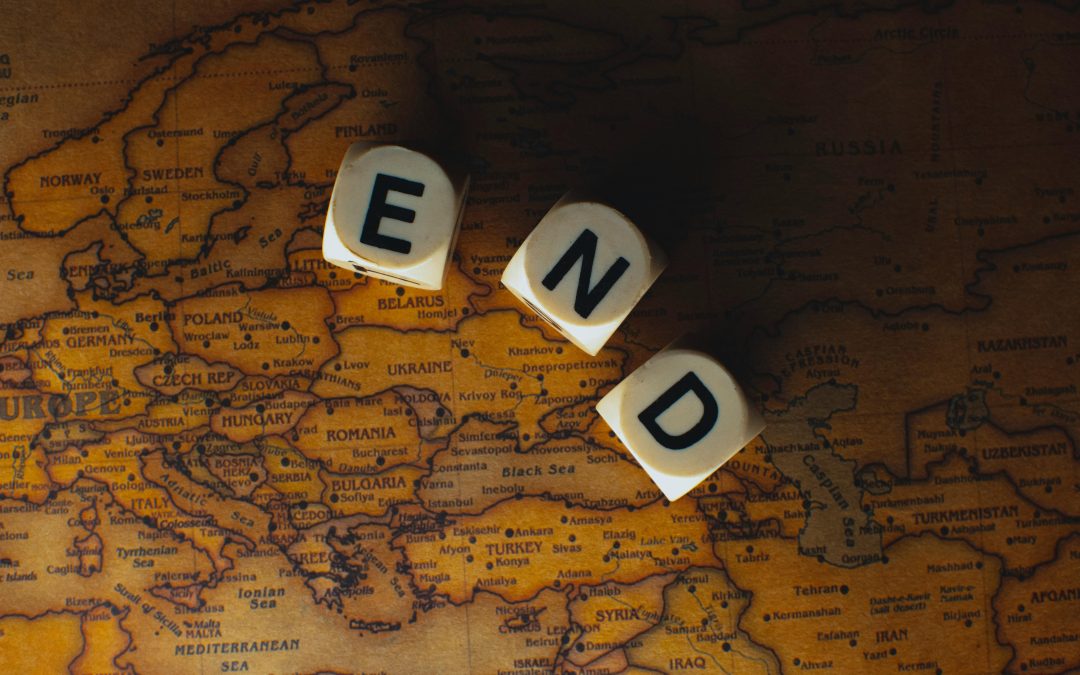Do you remember the global buzz around December 21, 2012?
It was the date plastered across documentaries, news headlines, Hollywood films, and panicked blog posts. For years, people were captivated by the idea that the world was going to end—all based on the mysterious Mayan calendar. And then… nothing happened. No cosmic disaster. No apocalypse. Just another quiet winter solstice.
So, what sparked this global phenomenon? Why did so many people believe it? And what did the Mayan calendar really say?
Let’s take a deep dive into the 2012 “End of the World” prophecy—where it came from, why it caught fire, and what it teaches us about fear, misinformation, and our obsession with predicting the future.
🗿 The Mayan Calendar and the Misinterpretation
The hype around 2012 largely stems from the ancient Mesoamerican Long Count calendar, used by the Maya civilization. This calendar tracks time in what’s called “baktuns,” each spanning about 394 years.
On December 21, 2012, the calendar reached the end of its 13th baktun, a number that held significance for the Maya.
But here’s the catch: to the ancient Maya, this wasn’t a doomsday. It was more like the end of a cycle—similar to finishing a millennium or celebrating a new year. There’s no evidence they believed the world would end. Instead, they likely saw it as a moment of renewal, reflection, or transformation.
Much of the apocalyptic narrative came from Western interpretations, often taken out of context.
🎥 Hollywood, Hysteria, and Hype
Let’s not forget the role pop culture played in spreading 2012 panic.
In 2009, the blockbuster film 2012 (directed by Roland Emmerich) hit theaters. The movie portrayed massive earthquakes, global floods, and civilization-ending disasters, all triggered by the mythical Mayan prophecy.
The film grossed over $770 million worldwide and added fuel to public anxiety.
Meanwhile, YouTube channels, conspiracy theory websites, and media headlines picked up the idea. Some claimed a rogue planet (Nibiru) would collide with Earth. Others warned of solar flares, polar shifts, or black holes. None of it was backed by science, but that didn’t stop people from preparing for the worst.
🧪 What Scientists Actually Said
NASA and other scientific agencies were clear all along: there was no danger in 2012.
In fact, NASA even created a special FAQ page to debunk the myths. Here’s what science had to say:
-
Nibiru: No such planet exists. Period.
-
Planetary alignments: Nothing unusual or dangerous happened in December 2012.
-
Solar flares: The Sun was actually experiencing a quiet cycle.
-
Mayan calendar: Just like flipping a calendar to January, the Long Count simply reset.
It wasn’t science that predicted the end of the world—it was a combination of cultural confusion, online speculation, and media sensationalism.
🧠 Why Do We Fall for End-of-the-World Predictions?
This isn’t the first time humans have feared an apocalypse. From Y2K in 2000 to religious prophecies and Nostradamus predictions, end-of-the-world scenarios have long fascinated us.
Why?
Because we crave answers. When the world feels chaotic—economically, politically, environmentally—it’s tempting to believe something bigger is around the corner.
Apocalypse stories also tap into:
-
Our fear of the unknown
-
Our desire for control
-
Our need to feel part of something significant
-
And sometimes, our mistrust of science or authority
The 2012 phenomenon was a perfect storm of ancient mystery, scientific misinterpretation, digital virality, and mass anxiety.
🌱 What Can We Learn From 2012?
In the end, the world didn’t end. But the 2012 experience left behind some important lessons:
✅ 1. Critical Thinking Is Essential
We live in an age of information overload. Not everything we read online is true. Learning to question sources, understand context, and verify claims is more important than ever.
✅ 2. Culture Matters
The Maya were an advanced civilization with deep spiritual and astronomical knowledge. It’s worth learning about cultures on their own terms—not twisting their beliefs to fit modern fears.
✅ 3. Fear Sells
From YouTube videos to headlines and Hollywood, fear grabs attention. It’s profitable. But it often distracts us from real issues—like climate change, social inequality, and mental health.
✅ 4. Time Is Cyclical
Many cultures, including the Maya, view time as circular, not linear. Instead of fearing “the end,” perhaps we should embrace cycles as opportunities for reflection, growth, and renewal.
💬 Did 2012 Change Anything?
Not in the way we expected—but maybe that’s the point.
Maybe the real story of 2012 isn’t about destruction. Maybe it’s about how ready we are to believe in destruction, even when there’s no real evidence.
Or maybe it’s just a reminder that we, as a species, are always looking for meaning—even in the stars, calendars, and ancient stones.
✍️ Need to Write About 2012 or Other Cultural Topics?
If you’re working on an essay, research project, or article related to 2012, apocalyptic predictions, or cultural misunderstandings, our writers at StudyDoll.com are here to help. We create engaging, insightful, and 100% original content—with a human touch.
👉 Click here to place your order now and let us help you bring your ideas to life.



